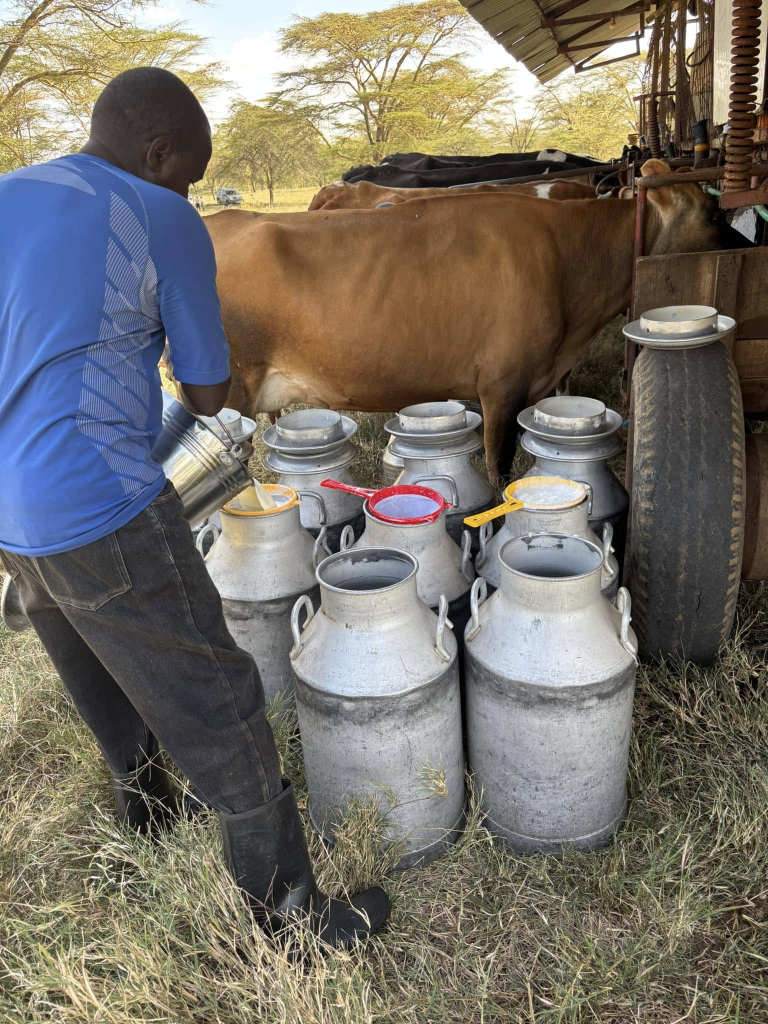
We continue to share comments from the Director of the Oklahoma Ag Leadership Program Edmond Bonjour as Class XXI travels across parts of Kenya for their International Capstone study experience. There were multiple stops on the second Tuesday of the travel across Kenya- and here are the highlights:
Tuesday morning, the OALP visited Leldet Primary School located at Deloraine Farm. It was established in the 1950s. The school has 500-600 children ages 6-14. A few of the students had bouquets of flowers to present to each of us, sang us a couple of songs, and then went back to their classroom because it was exam day.

We had over two suitcases worth of school supplies (thanks to Jen for coordinating the collection of supplies) such as pencils, pencil sharpeners, erasers, colors, markers, and books, some from the Ag in the Classroom program of the Oklahoma Department of Agriculture, Food and Forestry. Some pencils were handed out to two classes and the rest of the supplies left to be distributed later. We were able to plant a tree to commemorate our visit and they are going to name it Oklahoma! It was a great community service project and a meaningful experience from both sides.
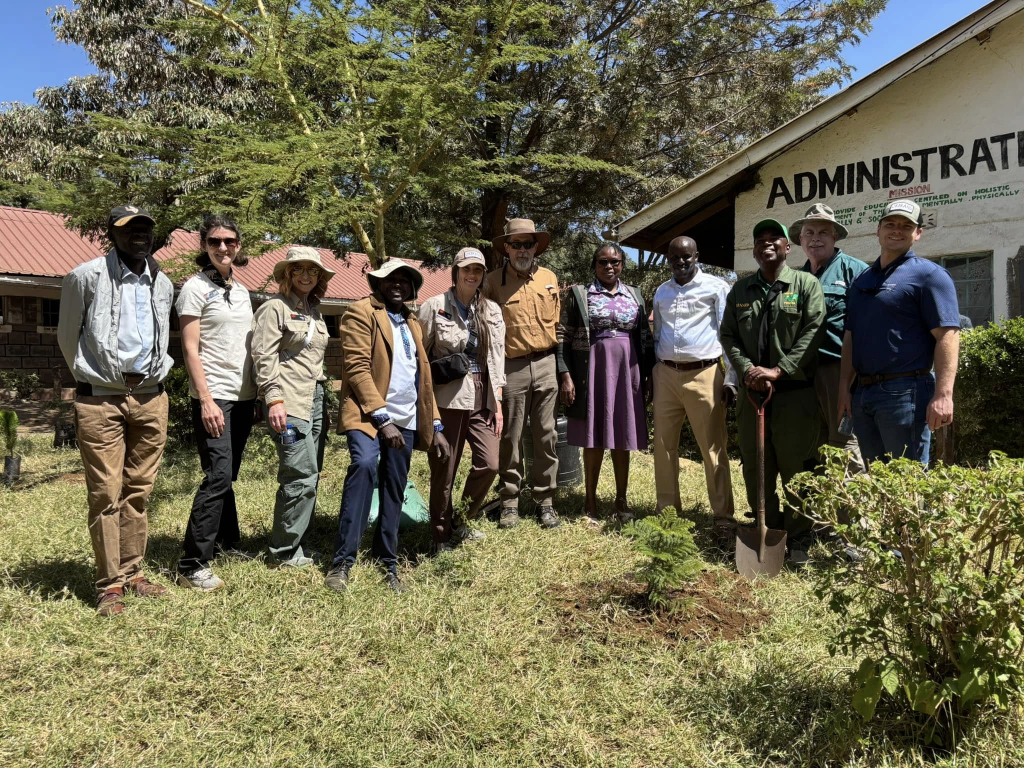

The OALP then drove to the house on Deloraine Farm. The two-story house was built in 1920. The farm operates 5,000 acres and has 700 acres of corn, 200 acres of wheat, and bales a total of 25,000 bales of Rhodes grass hay in two cuttings. They can cut hay today and bale it tomorrow. The hay is cut with drum mowers because of the terrain, gather it with a hay bob, and bale it with Claas balers – used from Europe at ten times the price. Livestock includes Ayrshire cross and Jersey cows in their dairy, Dorper sheep, and 85 horses for safaris, riding, and pony horses.
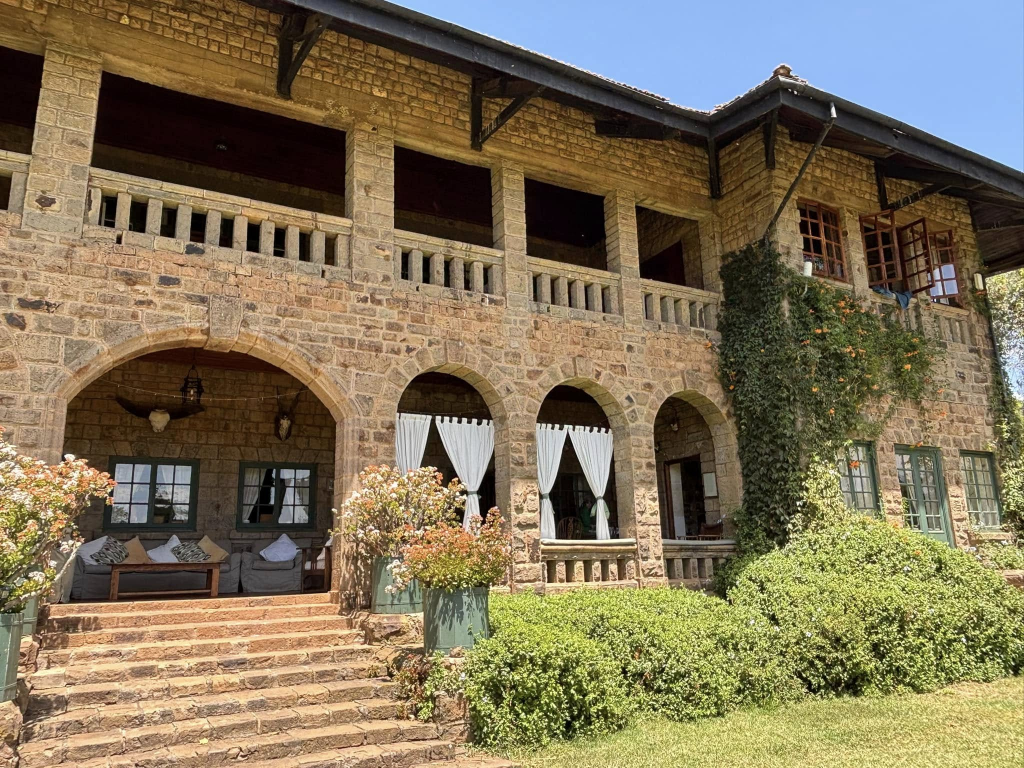
The OALP’s next visit was to Redshank Farm, where flowers are grown for seed. Begun in 1992, Redshank seeds is a market leader in the production of high-quality hybrid seed under plastic for the European and American market. Flower varieties such as geranium, impatiens, snap dragons, petunias, and dianthus are grown on four hectares in greenhouses.
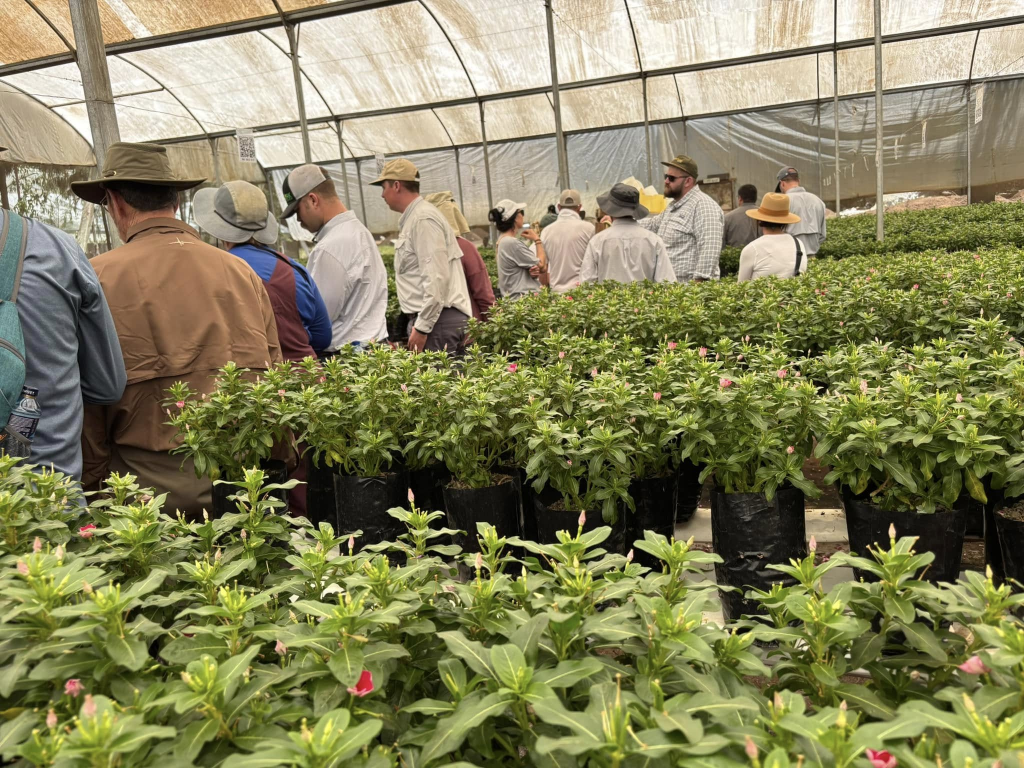
They produce F1 ornamental seed of about 100 varieties for seven customers in The Netherlands, Czech Republic, Japan,Thailand, and the U.S. Abiut 60-70% of their production is geraniums. They have to adjust growing techniques for this environment. A hydroponic medium is used to grow the plants – 70% pumice stone, 20% cocoa peat, and worm castings – and this requires less fungicide. Biocontrol is used to control pests.
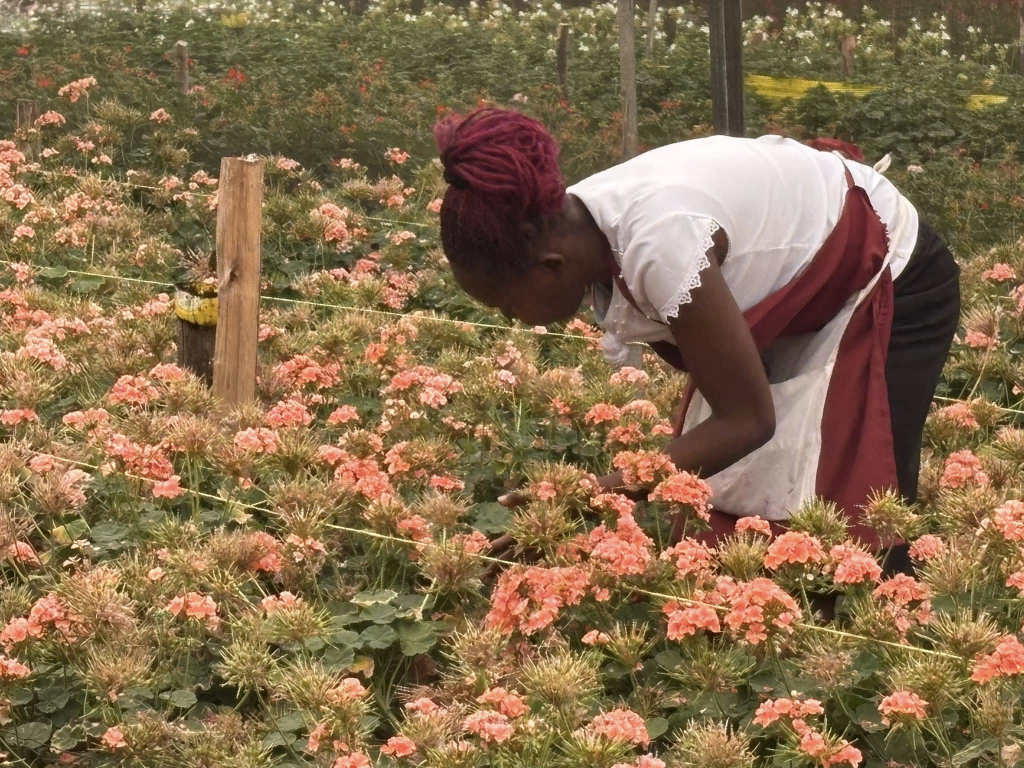
The market demands that seed purity must be 99.9% and the germination rate must be a minimum of 85%. Seeds are stored at 60 degrees Fahrenheit and less than 40% humidity. Shipments occur every two months and they ship 1.5 tons. For petunias, there are 5,000 seeds per gram. They employ 380 people – 150 for pollination and the rest for making soil, crop production, post harvest, and security – and their turnover rate is only 1-3%. Most all of their employees walk to work and are within one hour’s walk.
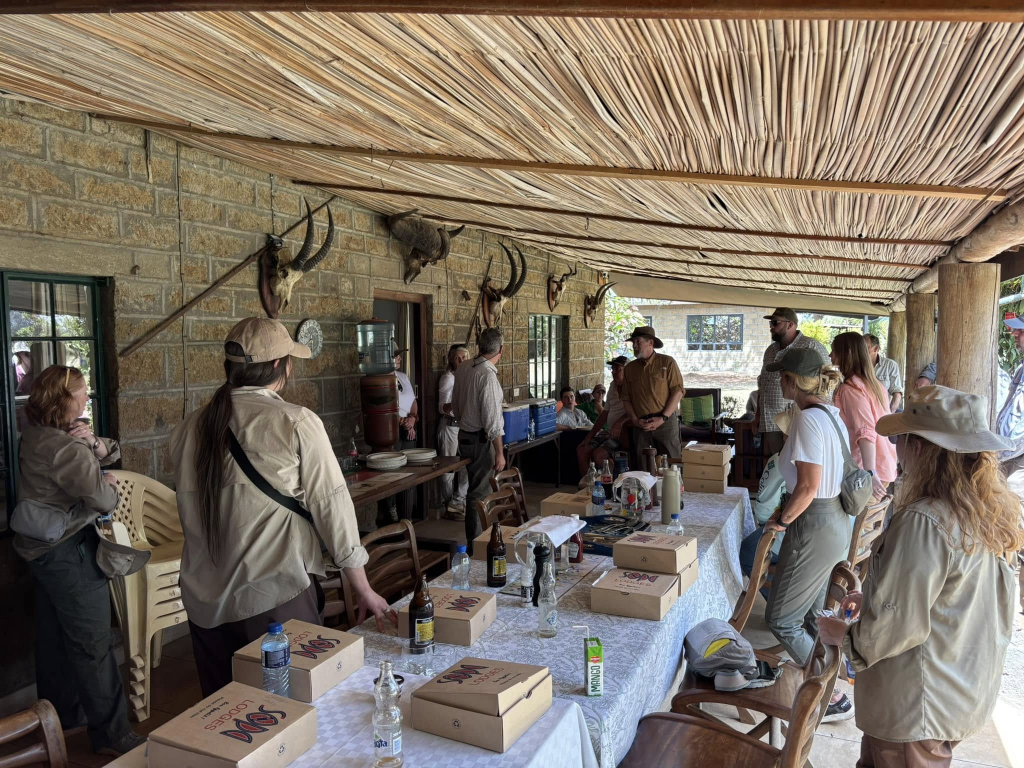
We had a traditional Kenyan lunch of ugali and vegetables on the verandah of Hamish Grant’s house, owner of Gogar Farm. The farm has a variety of crops including lucerne and maize, and also has a large production dairy herd. After lunch, we met with FOMAWA (Friends of the Mau Watershed), a non-profit organization committed to the conservation and restoration of the Mau Forest, one of Kenya’s largest and most vital forest ecosystems. The East African Cedar is used for fence posts because the wood is termite resistant.
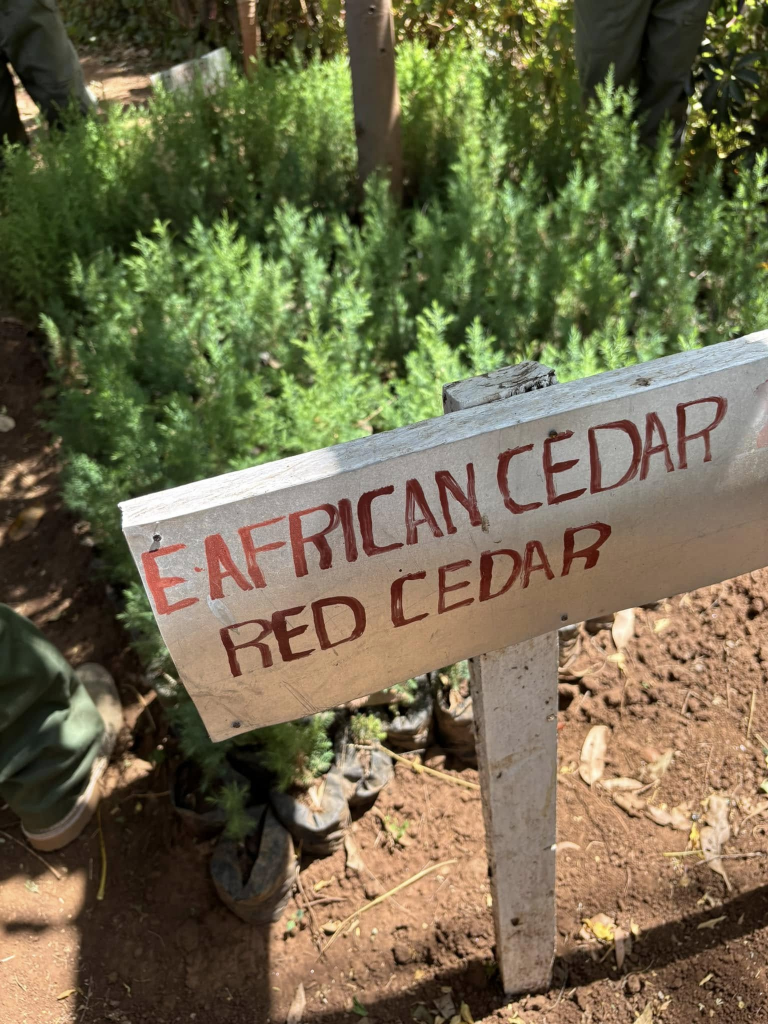
The OALP then walked over to Gone Fishing for a tour of the fly-tying factory. Kenya is the leading producer of fishing flies worldwide. Hundreds of different styles are made here They have recipes for dies, temperature, and length of dying time for different feathers. Ostrich feathers are sourced from India and China. Flies are ship worldwide including the United Kingdom, Denmark, South Africa, and the United States.
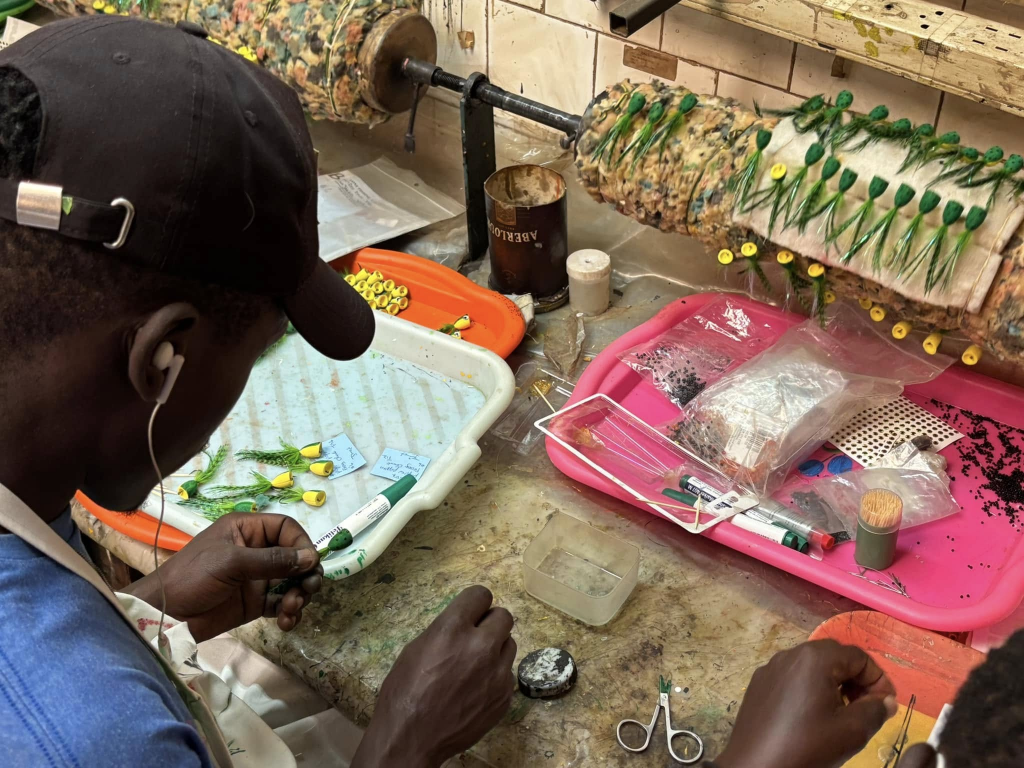
The final days’s visit for the OALP was to the extremely old fashioned, but efficient mobile dairy at Gogar Farm. The mobile dairy is taken to the field for milking at 2:00 a.m. and 2:00 p.m. Each shift has six milkers and two herdsmen. They are currently milking just over 400 cows. The milk production averages 18 liters per cow. The milk is tested for mastitis on site and then taken to Bio Foods for processing. Cows are fed silage, canola, wheat bran, molasses, and sunflower. The day ended with a celebratory cake.
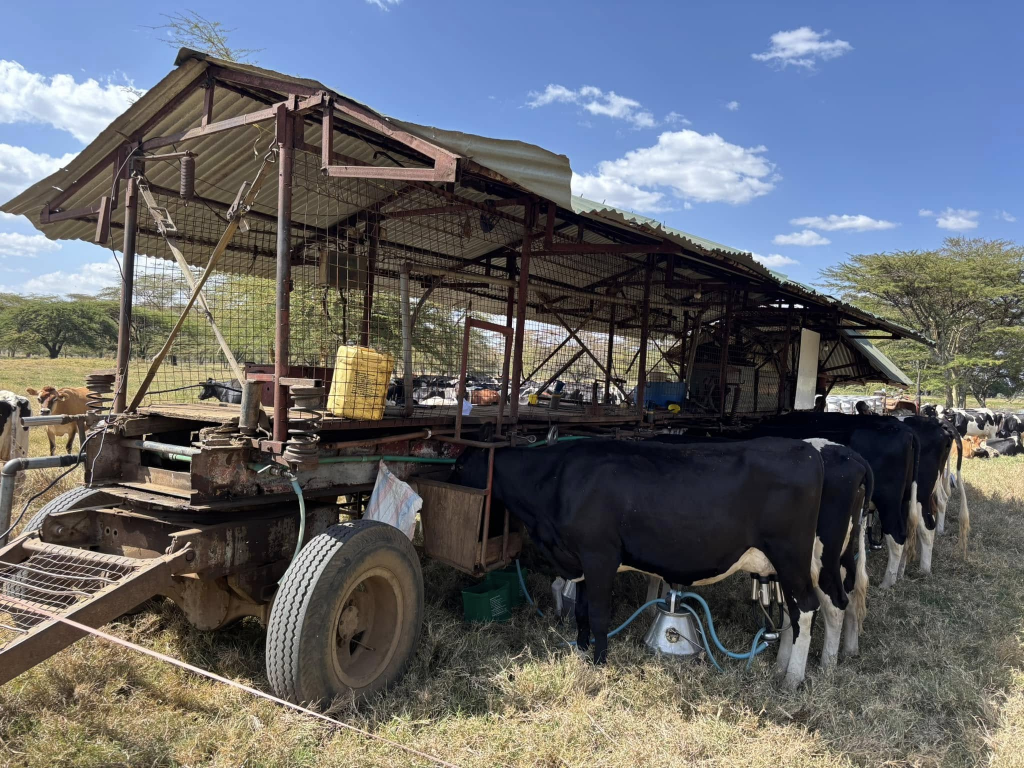
As Class XXI continues to travel across Kenya- the application for Class XXII is now available on line at the OALP website. Click here for that application– which is due by May first, 2025. In person interviews will happen in June and the XXII will meet for the first time in August of this year.
